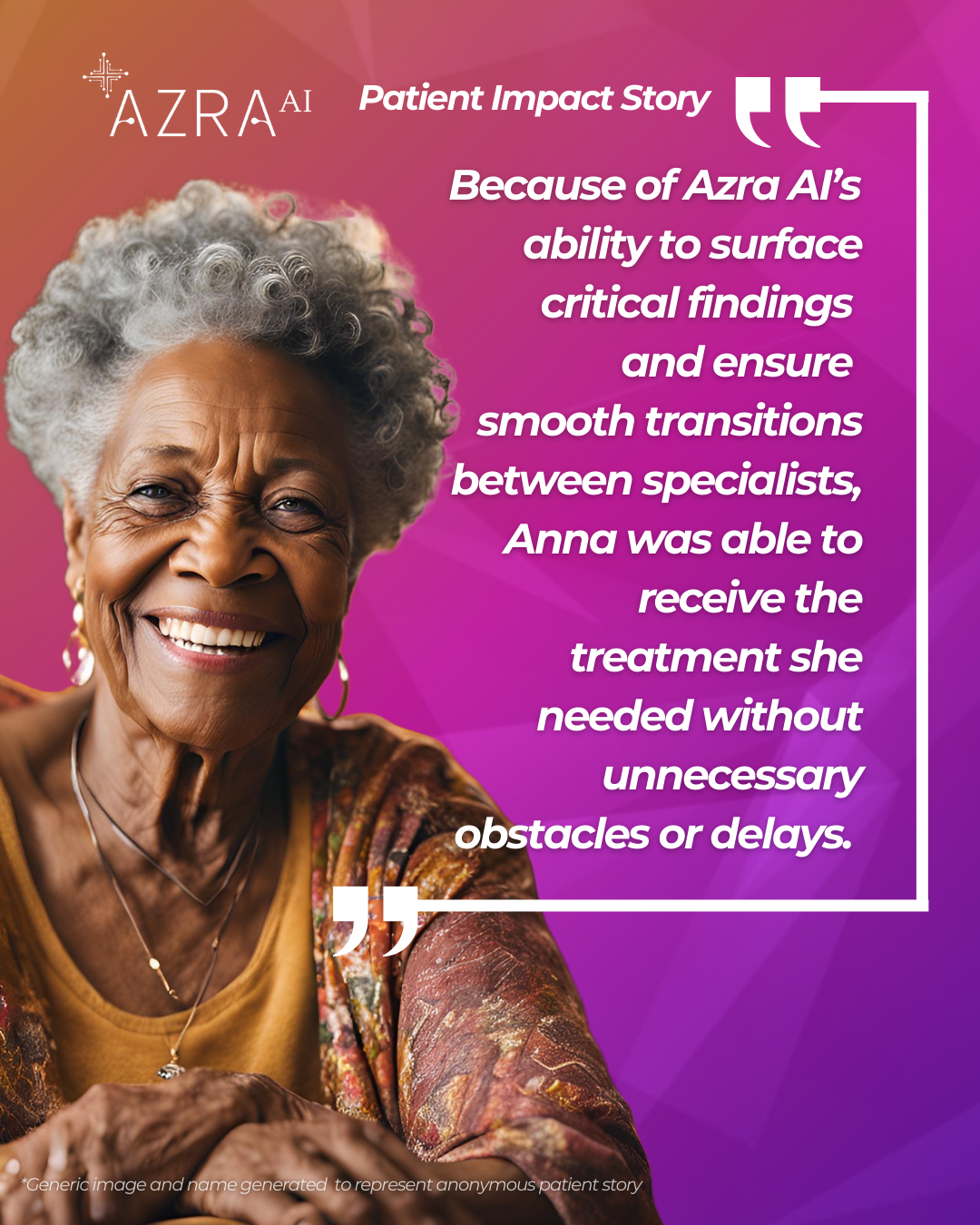The First Cancer Signs Terry Bradshaw Had And How You Can Avoid It
Football legend Terry Bradshaw recently revealed he beat cancer twice. The former Pittsburgh Steelers quarterback said he had bladder and a rare, aggressive type of skin cancer called a Merkel cell tumor in the same year. While Bradshaw is open about his health issues now, he never planned on sharing the news. In an interview with TODAY, the 74-year-old explained, "I didn't talk about it because I didn't want pity," he told the outlet. "I didn't talk about it because a lot of celebrities — unfortunately, I'm one of those — when they say this, I think the perception around America with all the millions of people is, 'Aw, look at him. Bless his heart. He has cancer. Well, my husband died of cancer! My kids are…' I didn't want that."
It was only when fans noticed the Fox NFL Sunday co-host was out of breath during the show and weren't so kind. That's when he decided to share his condition. "I couldn't breathe," he recalled. "That's when everybody notices. 'What's wrong with him?' Social media went, 'Get rid of him. He needs to be off the air. He's an embarrassment.' And I was like, 'Embarrassment? I got cancer.'"
Bradshaw assured fans he's now "cancer-free," and throughout the journey he "never was scared…I don't think cancer cares," he said. "Cancer shows no favoritism." He also shared how he was hesitant to tell his family about his cancer diagnosis, but said how supportive his wife was. "I can't put into words how thankful I am for her. Seriously. I can't imagine not holding her hand when we take off on a plane or when we land or when we snuggle up when we're in bed together," he said. "I look at her and she doesn't know I'm looking at her, and I'm so thankful now I'm getting emotional." Read on—and to ensure your health and the health of others, don't miss these Sure Signs You've Already Had COVID.

Dr. Sidney Stoll Medical Director Dorothy Leavey Cancer Center Northridge Hospital Medical Center says, "It is very unusual to be diagnosed with two separate cancers, let alone in the same year. In my clinic I see many patients who have one cancer . I have also seen patients who have been diagnosed with one cancer and then maybe 10 or 20 years later they are diagnosed with a new type of cancer. At this time, I cannot think of any patients of mine who have been diagnosed with two separate cancers in the same year. Although I can recall one patient who did have a genetic disorder called Li Fraumeni Syndrome which put her at higher risk of acquiring multiple malignancies."
Chris Cashwell, Chief Executive Officer, Founder, and cancer expert for Azra AIadds, "About 1 in 6 people are diagnosed with completely separate cancer types, therefore not as rare as one might think. People over 50 are at higher risk for cancer in general, so the odds increase when there is a shorter time frame (one year) that one might have multiple diagnoses for different cancer types."
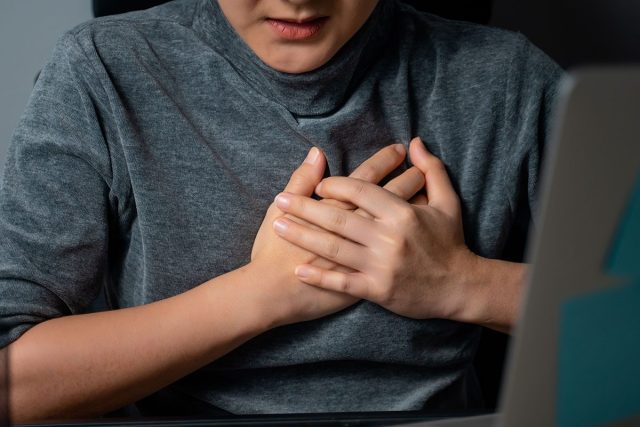
Dr. Stoll explains, "Cancer unfortunately can cause a variety of symptoms. One of the symptoms associated with cancer can be feeling short of breath or extremely tired. Cancer can cause breathing problems for a variety of reasons. One reason would be if the cancer is actually located in the lung itself. Another cause could be if the tumor is located in one part of the body and spreads to the lungs. Another problem to look out for with cancer is a pulmonary embolism, or lung clot. Some patients with cancer are more susceptible to developing clots which can go to the lungs, hence causing shortness of breath. Cancer can also wear down the body in general, including the muscles, even muscles associated with the lungs."
Cashwell says, "In general, shortness of breath could be caused by the location of the tumor in an area associated with breathing – such as the throat, neck, etc. It could be caused by pain and underlying discomfort that the individual doesn't even realize. Most importantly, it's best not to ignore these symptoms when they arise. Early detection and treatment at earlier stages has a much better outcome."
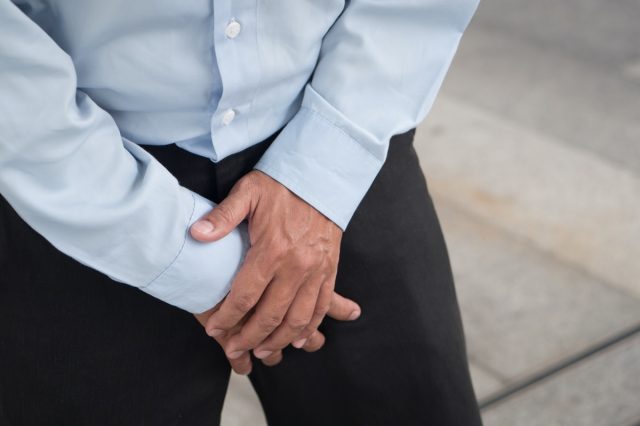
Bladder cancer is the fourth most common type of cancer for me and the American Cancer Society estimates there will be, "About 81,180 new cases of bladder cancer (about 61,700 in men and 19,480 in women) and about 17,100 deaths from bladder cancer (about 12,120 in men and 4,980 in women)."
Dr. Stoll tells us, "People should know that bladder cancer exists in both men and women. It is actually the most common malignancy involving the urinary system. It can be associated with smoking. For this reason, I would definitely recommend smoking cessation. Smoking cessation would also reduce the chances of other cancers developing such as lung cancer, throat, cancer, and kidney cancer. Bladder cancer is usually seen in older adults however it can be seen in younger people as well."
4. Signs of Bladder Cancer

According to Dr. Stoll, "Signs of bladder cancer to be aware of are blood in the urine, otherwise known in medical terms as hematuria, and abdominal pain. If the disease is advanced, it may cause weight loss, decreased appetite, and severe fatigue. There are several patients with bladder cancer who also are anemic due to the fact that they are literally losing blood. Sometimes if the anemia is bad enough, they require red blood cell transfusions."
Mayo Clinic states, "Bladder cancer signs and symptoms may include:
- Blood in urine (hematuria), which may cause urine to appear bright red or cola colored, though sometimes the urine appears normal and blood is detected on a lab test
- Frequent urination
- Painful urination
- Back pain"

Dr. Stoll states, "In my opinion the most important way of lowering one's risk of bladder cancer is by living a healthy lifestyle. Diet and exercise is crucial. Avoiding the use of cigarettes is also very important as far as lowering one's risk of bladder cancer."
The American Cancer Society says, "There is no sure way to prevent bladder cancer. Some risk factors, like age, gender, race, and family history can't be controlled. But there might be things you can do that could help lower your risk.
Don't smoke
Smoking is thought to cause about half of all bladder cancers. (This includes any type of smoking — cigarettes, cigars, or pipes. )
Limit exposure to certain chemicals in the workplace
Workers in industries that use certain organic chemicals have a higher risk of bladder cancer. Workplaces where these chemicals are commonly used include the rubber, leather, printing materials, textiles, and paint industries. If you work in a place where you might be exposed to such chemicals, be sure to follow good work safety practices.
Drink plenty of liquids
There's evidence that drinking a lot of fluids – mainly water – might lower a person's risk of bladder cancer.
Eat lots of fruits and vegetables
Some studies have suggested that a diet high in fruits and vegetables might help protect against bladder cancer, but other studies have not found this. Still, eating a healthy diet has been shown to have many benefits, including lowering the risk of some other types of cancer."
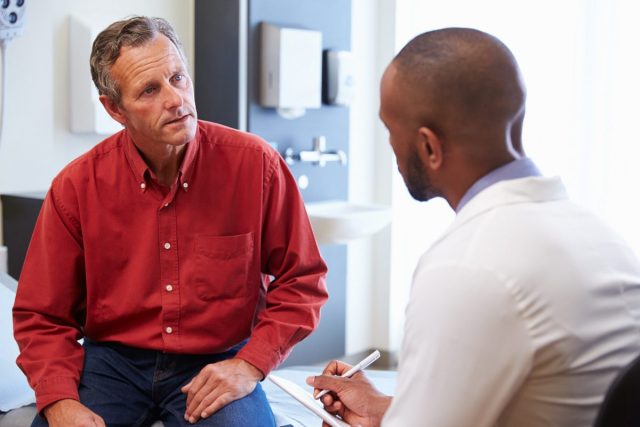
Dr. Stoll says, "It is fantastic news that Terry Bradshaw is bladder cancer free ! Bladder cancer is definitely treatable. The type of treatment depends on the stage and whether the bladder cancer involves the muscle of the bladder or the superficial part of the bladder. It is much easier to treat bladder cancer if it involves the superficial portion of it. If the cancer involves the muscle of the bladder ,it is much more challenging. For example, muscle invasive bladder cancer usually requires heavy doses of chemotherapy first followed by what we call a cystectomy or removal of the bladder. If the bladder cancer has already spread beyond the bladder, for example if it spread to other parts of the body, then it would be deemed as metastatic or stage IV cancer.
In this case, the cancer is no longer curable. In this instance it would be treated with chemotherapy or immunotherapy . Immunotherapy is where the person's own immune system attacks the cancer cells. So as far as the prognosis goes, if it is a superficial bladder cancer, the prognosis is good. If it is a muscle invasive bladder cancer, the patient can still be cured but it is more challenging. Stage IV bladder cancer usually has a poor prognosis."
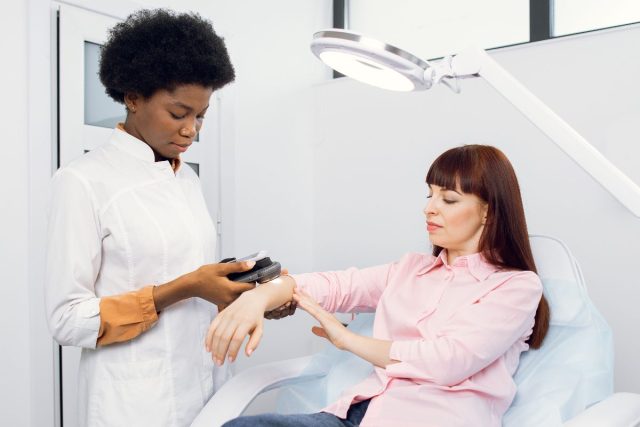
Dr. Stoll explains, "Merkel cell tumor is a rare skin cancer that typically affects older folks with light skin. People should know that Merkel cell tumors can sometimes come back even when it is removed and can potentially spread to other parts of the body. Even though it is a very rare tumor, there has been an increased incidence over the past few decades. The usual work up for a Merkel cell tumor is obtaining imaging such as an MRI or CT scan as well as a biopsy of the lesion itself. The pathologist then examines the abnormal tissue and can then make a diagnosis.
People at risk for Merkel cell tumor are generally older adults (>60 years old) with light skin. Although this certainly does not mean that other folks in the population cannot be diagnosed with a Merkel cell tumor. Other people at risk are those who are immunosuppressed. This means people with other types of cancers, especially blood cancers, people with HIV, individuals who have had an organ transplant, or people taking drugs which can lower their immune system. Merkel cell tumor is also more common in males. I would also add that sun exposure and UV radiation can increase the chance of being diagnosed with a Merkel cell tumor."

Dr. Stoll says, "Signs of a Merkel cell tumor are similar to what Terry Bradshaw noticed. Noticing an abnormal lump or skin lesion which can grow in size. The area itself is usually not painful. The color can be similar to one's skin, blue, or red. If someone has advanced disease where the tumor has spread to other parts of the body, it may cause generalized pain, shortness of breath, weight loss, decreased appetite, and fatigue.
Dr. Jordan B. Slutsky, Clinical Associate Professor, Assistant Vice Chair and Director of the Residency Program in the Department of Dermatology at Stony Brook Medicine adds, "Merkel cell carcinoma often presents as a painless bump on sun exposed skin. It can be pink, red, or flesh colored. It can look like a pimple similar to other more common skin cancers such as basal cell carcinoma…"Older patients, people who are immunocompromised, and those with a lot of sun exposure are most at risk for Merkel cell tumor,"
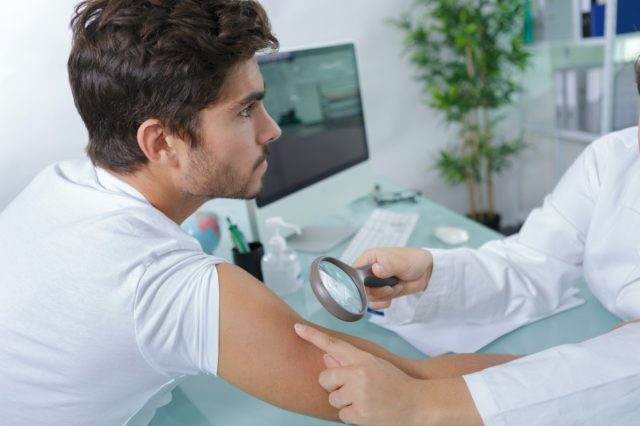
Dr. Stoll advises, "The best way to avoid Merkel cell tumor would be to use sunscreen, especially if you are going to the beach or if someone will be outside for a long period of time on a warm sunny day. Yearly visits with the skin doctor (dermatologist) would certainly help with prevention. A healthy lifestyle is always beneficial. Individuals who are immunosuppressed should follow up regularly with their primary care provider and any other specialists they may be seeing."
Cashwell says, "The best way to avoid these issues is to maintain a healthy diet and exercise on a daily basis. For those over 50, it's advised to get regular check ups, medical scans, and blood work. Making sure to reduce your sun exposure with sunscreen, even if you did not as a young person, is helpful in preventing skin cancer risk. Early detection is key. Technology can be an instrumental tool in reviewing medical reports and scans to make sure nothing is overlooked and that clinicians can be reminded to review and flag suspicious findings that may need to be followed up on immediately. For example, only about 30 percent of lung nodules that are found "incidentally" are followed up properly. This can lead to consequences down the road in a person's risk for cancer."




